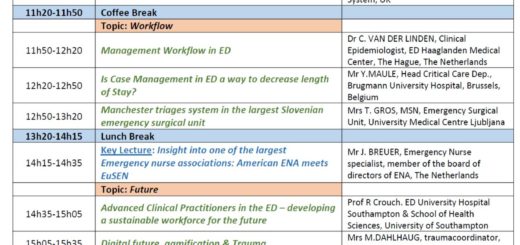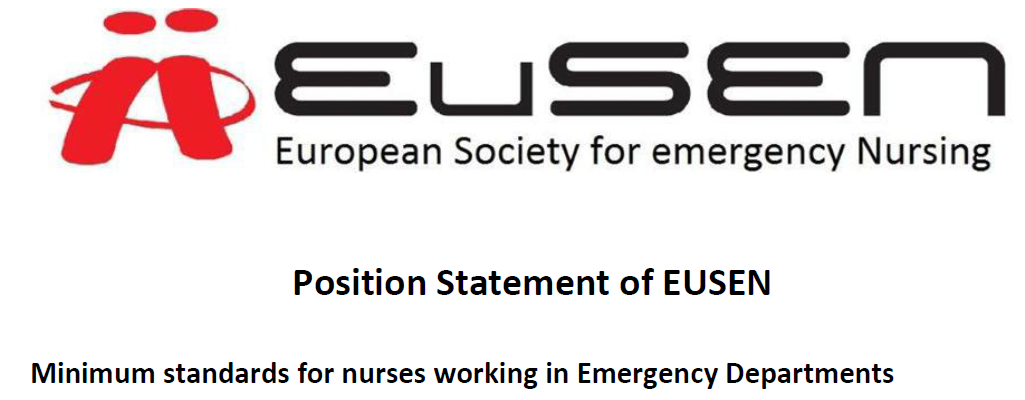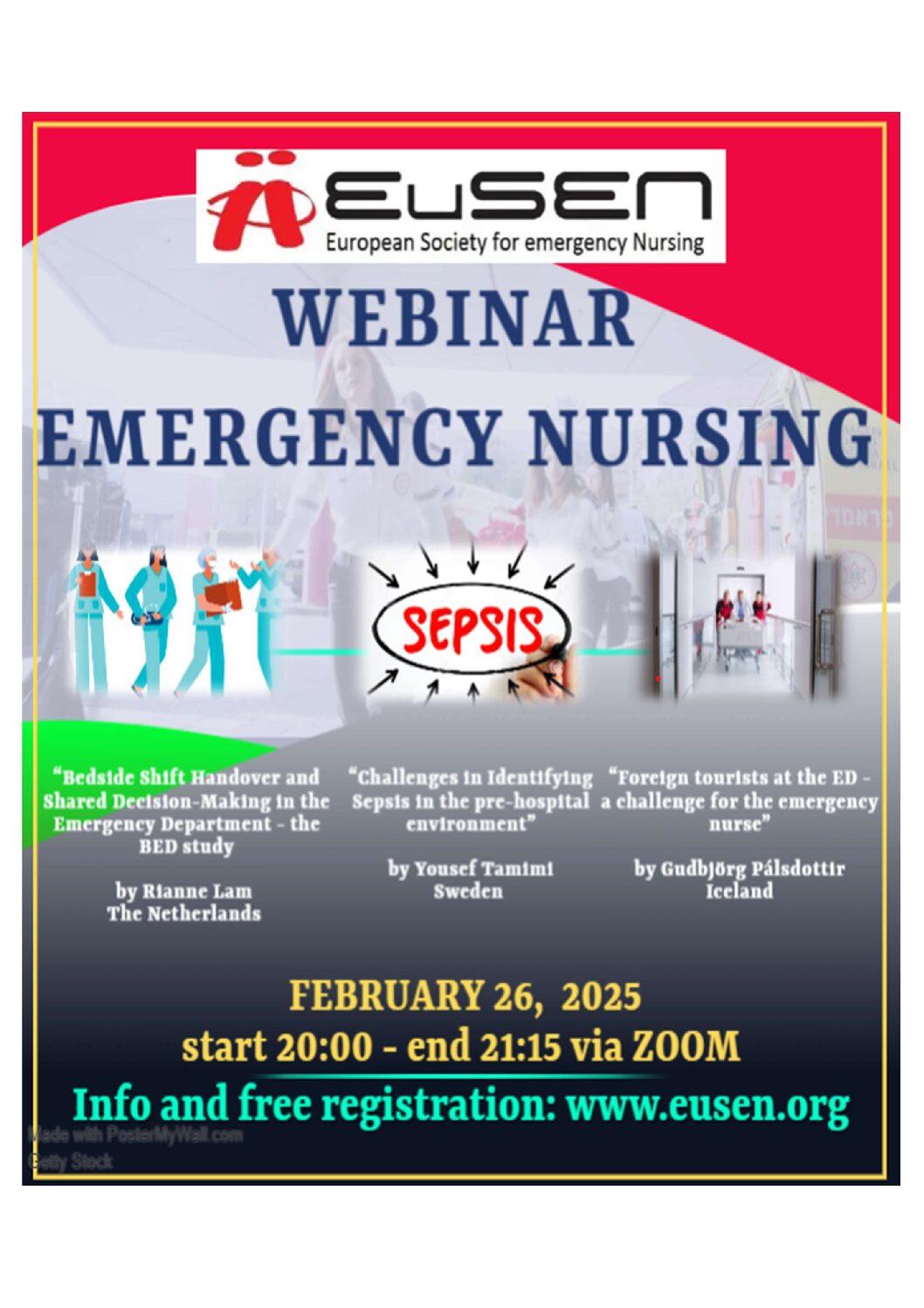International Survey from Belgium
Dear Colleagues,
Innovations in medicine, healthcare technology, and the pharmaceutical industry have led to new treatment options—even for previously incurable diseases. The implementation of these innovations resulted in decreased mortality rates for acute health problems (e.g., acute myocardial infarction or stroke) and improved life expectancy for patients with chronic conditions (e.g., diabetes mellitus or chronic obstructive pulmonary disease). Innovation has—and continues to—influenced emergency care not only by challenging its limitations and extending the possibilities, it has also changed the scope of practice from acute life threatening (once in a lifetime) situations (e.g., major trauma) to repetitive (life-threatening) exacerbations of chronic conditions. Besides, innovation has resulted in new emergencies, for example chemotherapy induced neutropenic fever.
Innovation is mainly focused on the diagnostic and therapeutic aspects of healthcare and has somehow neglected the fact that the implementation of these innovations requires an equal portion of innovation in the way healthcare is delivered. As people tend to live longer, with one or more chronic conditions, their care needs have become significantly more complex. In addition, the setting in which healthcare is provided progressively outstepped the architectural borders of the doctor’s cabinet, the hospital ward, and even the hospital itself. Healthcare has become a complex process; characterized as a multi-aspect care process involving numerous sub-processes delivered by several healthcare providers often at various locations—both in and outside of the hospital. However, when something goes wrong, or when the patient is confronted with an unexpected change in his or her condition, there is often no other solution than an emergency department visit. As a result, emergency departments have slowly been transformed into centres for unplanned care.
The increased utilisation has put some strain on emergency department operations, however, many emergency departments still hold on to the classic service paradigm. This evoked a decrease in quality and safety of care. Quality and safety should be measured in a valid and objective manner. Developing indicators which are relevant, valid, feasible, and easy to measure have proven to be difficult. Although conceptual frameworks and error taxonomies are available, a system for measuring quality and safety over time is lacking.
Therefore, I invite you to participate in a survey aiming to develop a set of indicators for measuring and monitoring patient safety in the emergency department. Feel free to share the link within your network.
Beste regards,
Jochen Bergs
https://uhasselt.eu.qualtrics.com/jfe/form/SV_6WDd7OgjLUaa83X
——
| dr. Jochen Bergs |
| Postdoctoral research fellow |
| T
+32(0)11 26 85 67 – GSM +32(0)495 99 40 74 |
| www.uhasselt.be |
| Universiteit Hasselt – Campus Diepenbeek |
| Agoralaan Gebouw D – B-3590 Diepenbeek |
| Office: UNITS AB 8
MeetMe: www.doodle.com/jochen.bergs |












